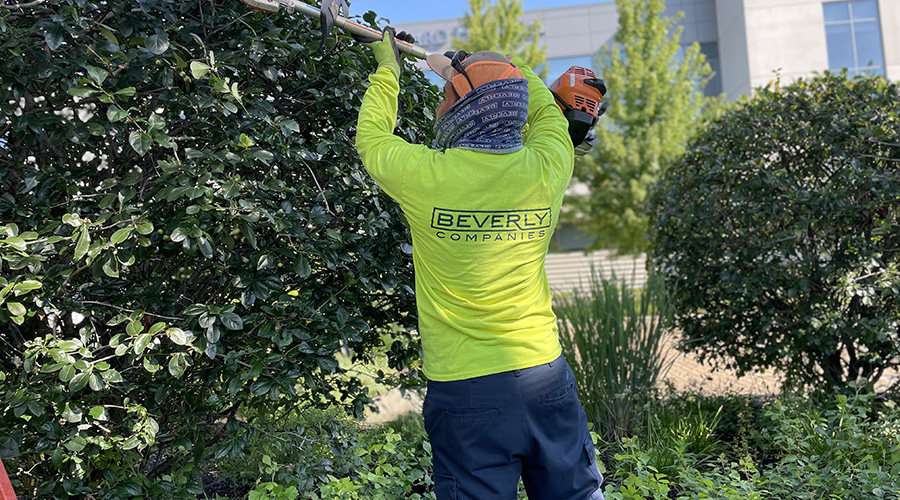Managers, Staff Team Up When Purchasing Mowers, Utility Vehicles
Building a case for buying a big-ticket piece of grounds equipment can seem overwhelming. The process often requires grounds managers to pull together a host of information on costs, staffing, maintainable acres, and existing equipment options.
In some cases, managers also have to package the information in a clear, concise format that leads top financial executives to the right decision.
In spite of all the pieces to the puzzle, Jeff McManus boils the process down to two words: "Productivity rules."
McManus, director of landscape services, golf and airport operations with the University of Mississippi in Oxford, Miss., says unless managers are certain a big-ticket piece of equipment will help the grounds department operate more productively and cost-effectively, the purchase is likely to be perceived as a failure. And in cases where managers need approval from higher-ups, their request is apt to be denied.
To avoid such setbacks, managers need to understand the parameters within which they can operate and identify options that best serve the needs of the organization.
Roles and Responsibilities
Managers rarely go it alone when purchasing big-ticket equipment. Often, they involve their staff members in the process. Ron Hostick, lead grounds worker with San Diego State University, says while he is responsible for making recommendations for purchasing equipment and gets the quotes, he consults with staff to make sure he is making sound decisions.
"The equipment mechanics take part in the decision because I like to have the input on what they think of the equipment," he says. The 23 people in his department maintain 150 acres. Crews use five riding mowers, as well as 12 utility vehicles, including several electric-powered units. The department also has two backhoes, two utility tractors, three aeration units, and 15 pick-up trucks.
The team strategy also holds true for Fred Fellner, assistant director for landscape services at Louisiana State University, who identifies equipment needs and makes formal requests to the department's director.
But in some cases, he takes staff involvement one step further. Fellner tries to determine if the operational needs of a new piece of equipment would fit the skills of a particular equipment operator. As an example, he points to a street sweeper the department purchased, in part, because an operator on staff had experience with the equipment. As a result, the operator was able to use the new piece of equipment more productively than an inexperienced operator who would have required additional training.
The strategy "gives me confidence that I'm heading in the right direction," says Fellner, whose 80-person department maintains 1,000 acres on LSU's main campus and another 200 acres off-site.
The team approach McManus uses involves working closely with three key people: his superintendent, front-line supervisor, and mechanic, all of whom review equipment options.
"If any of the three of them have concerns, that probably would restrict us from dealing with that company," he says.
McManus views his role in the process as more than just analyzing data and making a decision.
"My job is to stir it up a little bit," he says, adding he tries to facilitate discussion among his staff by asking questions designed to challenge mechanics and operators, such as, "What if we use an 11-foot mower instead of a 6-foot mower?" Such questions generate conversation and help McManus determine if his staff really wants and needs a particular piece of equipment.
Related Topics:













